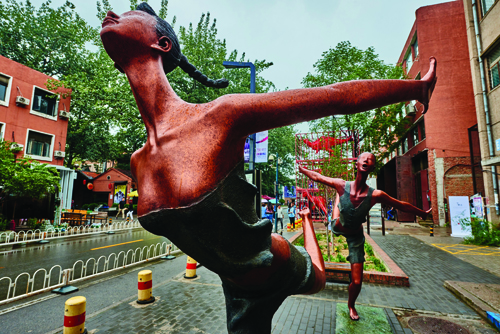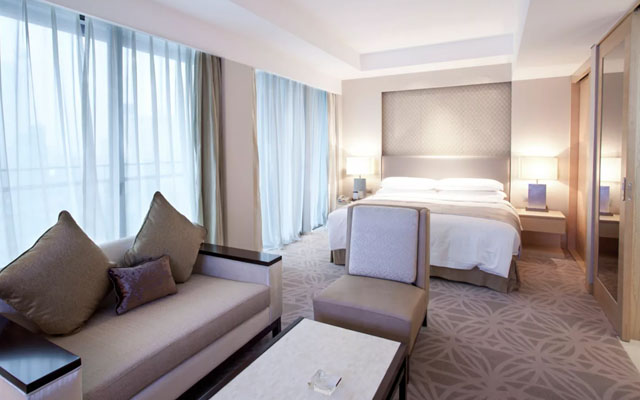Not wanting to be perceived as merely a cultural destination, the Chinese capital is diversifying its products to attract wider tourist segments, writes Prudence Lui

With a history that goes back more than 3,000 years and such iconic landmarks as the Great Wall and Forbidden City, Beijing has long been regarded as as a cultural capital on the global tourism stage but industry players are increasingly eager to cast the destination in a new light. Song Yu, the chairman of Beijing Municipal Commission of Tourism Development, believes it’s high time to override the perception of the Chinese capital as just a cultural destination.
He said: “Beijing has much more to offer visitors than historic sites. We have created new segments like wellness travel and introduced art performances to provide a taste of the local culture.”
Seeking a more diverse and innovative product portfolio for Beijing beyond its “traditional cultural drawcards” is Arthur Liu Hui-yuan, China International Travel Service’s (CITS) deputy general manager, head office, inbound tour headquarters. Although Beijing once reigned as the top choice for international visitors to China, he has observed a 15-20 per cent drop in both international group sizes and numbers in recent years.
Liu elaborated: “(Visitors) have reduced interest in China as it is mainly promoted as a sightseeing destination with an emphasis on culture, as compared to a leisure destination like Bali. Travellers today are showing a greater interest in leisure holidays filled with activities.”
CITS in 2015 established a destination promotion office in Beijing to drive new products such as the Grand Canal boat tour that starts in Beijing and ends in Hangzhou.
By revamping products to emphasise leisure sightseeing and enjoyment and of shorter duration, Liu hopes to rekindle interest in Beijing from the European and American markets.
He added: “We have also created a guided walking tour within the Forbidden City, targeting FITs with lower prices. From an agent’s perspective, we should also be open-minded to new travel trends such as hiking and trekking.”
On a positive note, Beijing’s expanding infrastructure has enabled tour operators to offer a wider variety of tours encompassing the city and its surroundings. Elaine Zeng, Century Holiday International Travel Beijing’s general manager, lauded the improved MTR subway connectivity in helping to move travellers – especially FITs – beyond Beijing.
Zeng added: “For the past two years, the city sees hardly any major new attractions, but the surrounding areas abound with new attractions such as the Gubei Water Town and the upcoming Universal Studios at Tongzhu.”
Depicting life during the Qing Dynasty, the 9km2 Gubei Water Town has restaurants, hotels, guesthouses and retail shops, in addition to martial arts performances and activities such as paper-cutting and kite-making. Available during March and October is also a night tour that takes visitors to climb the Simatai Great Wall. An express bus service was launched in September, connecting Dongzhimen to the water town within two hours.
Come 2019, Tongzhou, also in the outskirts of Beijing, will be home to the country’s first Universal Studios theme park.
As well, Beijing itself is starting to see a more vibrant product landscape, noted The Peninsula Beijing’s general manager, Joseph Sampermans. “Beijing is much more than a historical site – little museums are now starting to spring up along with interesting tours of historic hutongs. The government also promoted tourism in the Wangfujing tourist area by organising and supporting musicals and branded festivals. Moreover, ski resorts in Beijing’s surrounding area is easily accessed by bullet train,” he remarked.
However, too much of a good thing would dilute the branding of Beijing too. Sampermans concluded: “Tourism diversity could be confusing if we do too much of it. It would be best (for agents) to focus on what they know best, and shortlist about six key ideas (in Beijing).”
This article was first published in TTG Asia November 2016 issue. To read more, please view our digital edition or click here to subscribe.




















